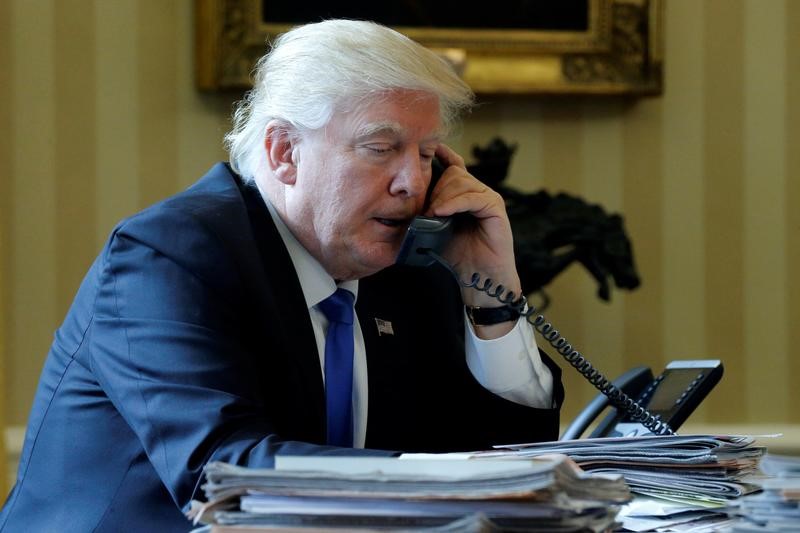(Bloomberg) -- President Donald Trump’s decision to extend the deadline for increasing tariffs on Chinese goods defuses one of the biggest risks hanging over global trade, investment and sentiment.
That spurred a risk-on rally in Asia on Monday, even as a commentary from Xinhua News Agency cautioned that the talks may face "new uncertainties."
The U.S.-China dispute is just one of a lengthening worry list that threatens to dent global growth. Here’s a look at why the bears won’t be hibernating just yet.
Autos
The U.S. president is considering whether to impose levies on imported vehicles on the basis they are a threat to national security. Such a move would hurt not just the U.S. economy, but big manufacturing ones including Germany, Japan and South Korea too. Higher U.S. tariffs and retaliatory actions could jeopardize about $500 billion of trade flows, accounting for 2.8 percent of 2017 global imports, according to Moody’s Investors Service Ltd.
China
The world’s second-largest economy has been struggling to contain a slowdown even as policy makers ramp up their stimulus measures to stoke growth. Much will depend on how durable the trade truce is, given the breadth of concerns that the U.S. has regarding China’s industrial and economic policies.
"I don’t see the outlook for business investment globally improving markedly until we see more concrete plans for resolving the various issues between the U.S. and China," said Tuuli McCully, head of Asia-Pacific economics at Scotiabank in Singapore.
Fed
While Federal Reserve policy makers see 2019 marking the end of their balance sheet run-off, it may not mean they are done raising interest rates. How Fed policy plays out will be crucial for emerging markets who have enjoyed a respite since Jerome Powell signaled a pause in the central bank’s hiking cycle. Yet the dimming outlook for the world’s biggest economy will drag the rest of the world, too, as fiscal stimulus fades and data shows signs of weakness.
Brexit
Britain is teetering on the brink of a cliff-edge departure form the European Union that lawmakers, economists and executives warn would spark economic chaos and drag on growth across key trading partners in Europe. Prime Minister Theresa May has set a new deadline of March 12 -- just 17 days before Brexit day -- for a final vote on her Brexit divorce agreement.
Germany and Italy
Europe’s biggest economy continues to send mixed signals amid persistent manufacturing weakness and soggy confidence levels. While improving consumption and investment hint at a pickup in coming months, there have been sharp downgrades to the growth outlook. Meanwhile, Italy sank into recession at the end of 2018 and is predicted to barely grow this year, leaving the economy to nurse huge debt, low growth and high unemployment.
